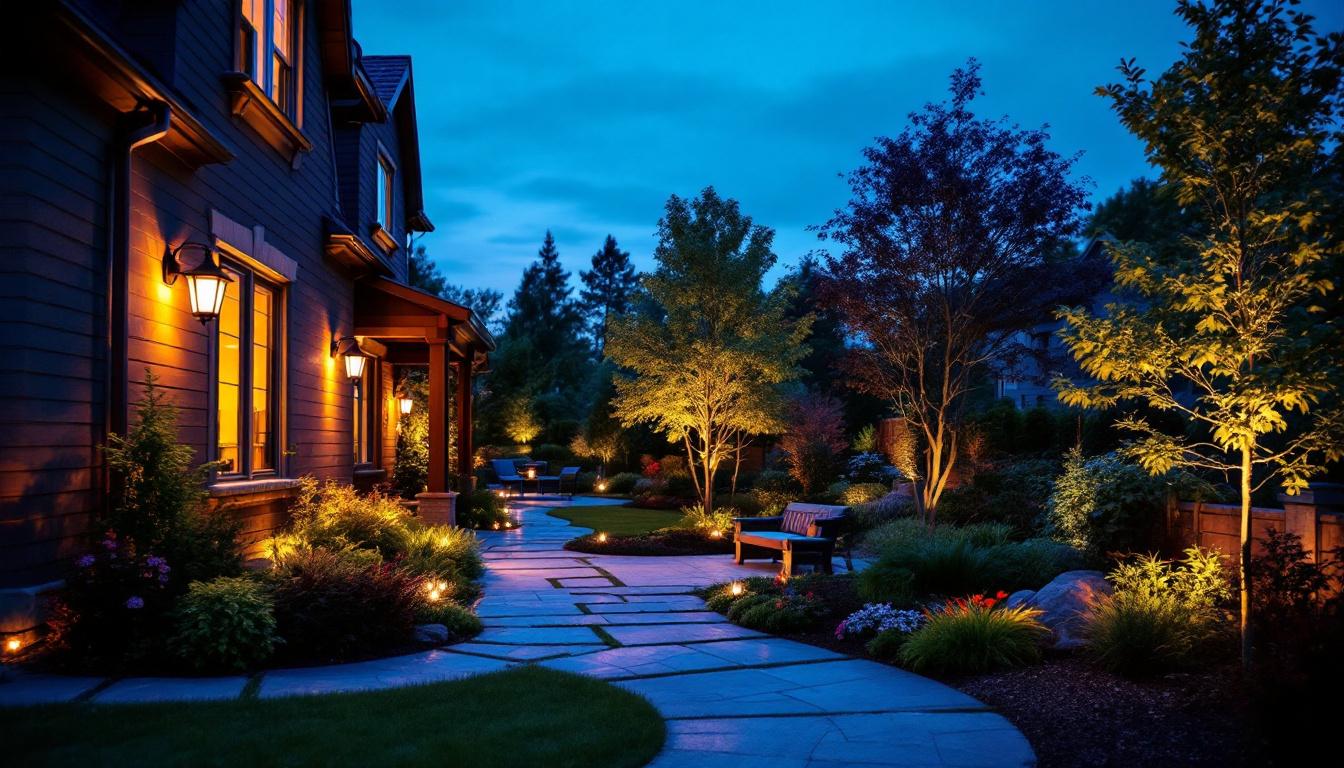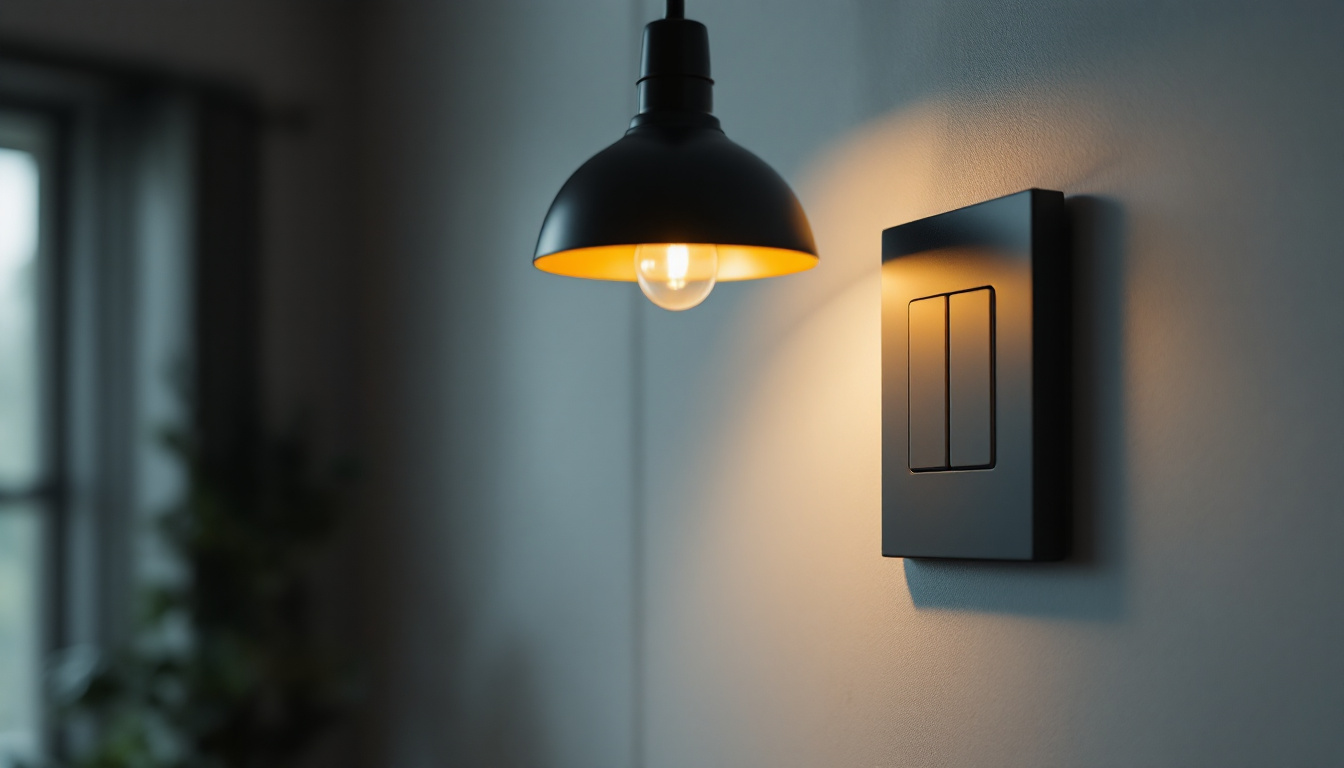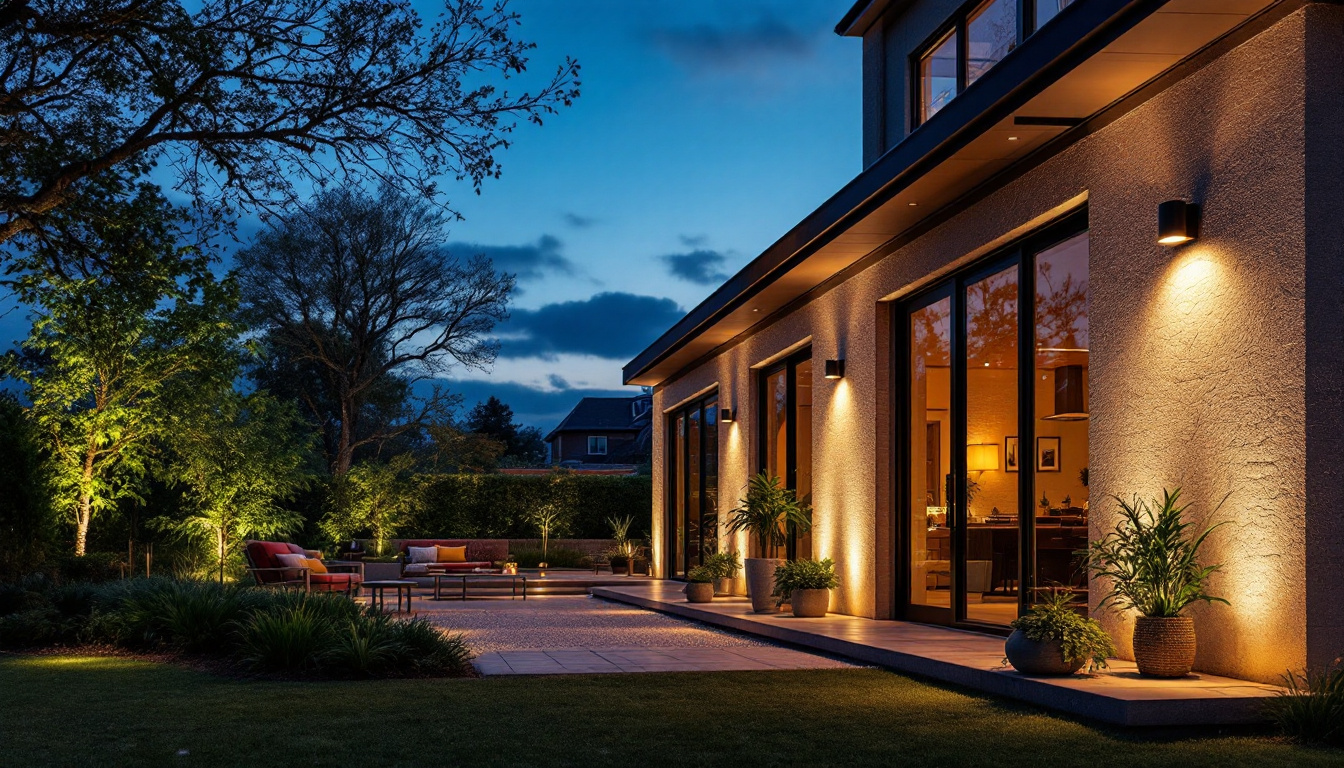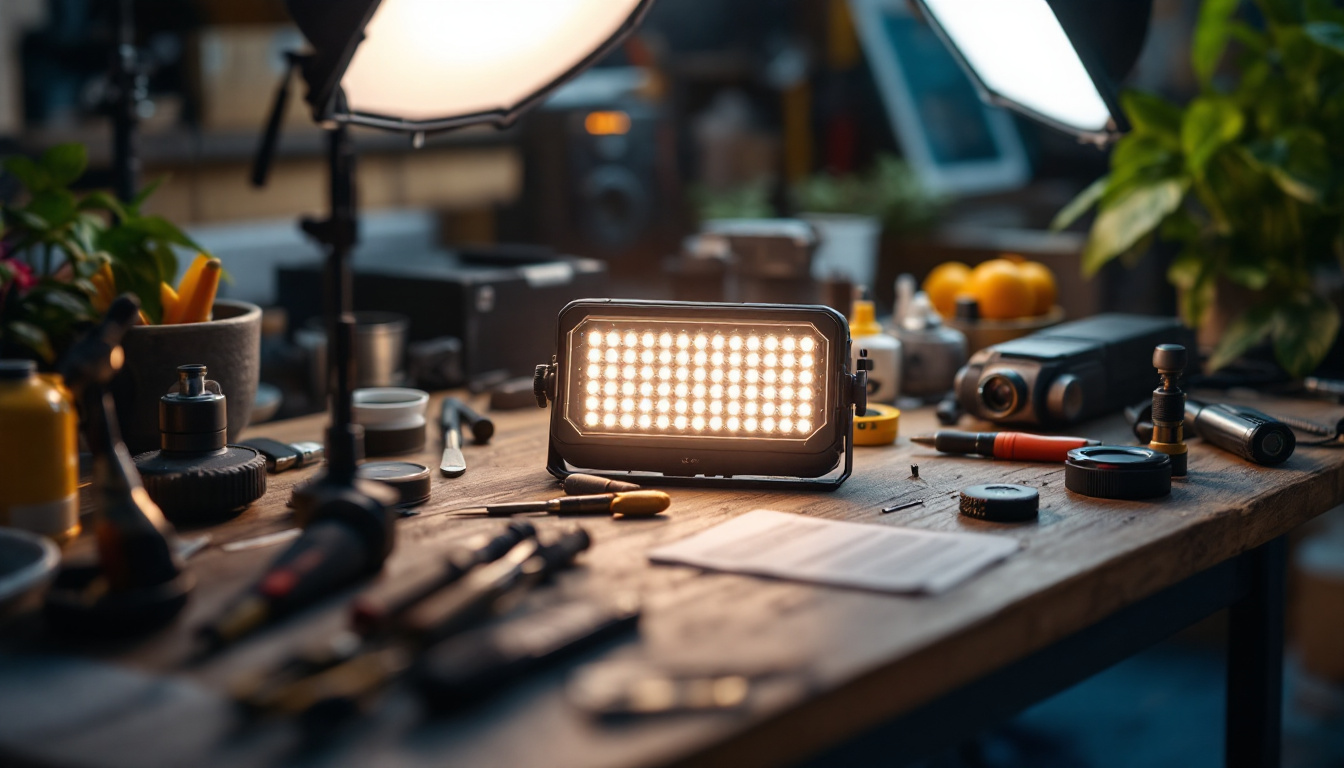
When it comes to lighting design and installation, one of the most critical factors contractors must consider is the amount of light a fixture produces. This is measured in lumens, which quantify the total visible light emitted by a source. Unlike watts, which measure energy consumption, lumens provide a direct indication of brightness. For lighting contractors, understanding lumens is essential to ensure that spaces are adequately illuminated while optimizing energy efficiency and cost-effectiveness.
Fluorescent lamps have long been a staple in commercial and industrial lighting due to their energy efficiency and longevity. However, not all fluorescent lamps produce the same amount of light. Lumens output can vary significantly depending on the lamp type, wattage, and design. By selecting fluorescent lamps with the appropriate lumen output, contractors can tailor lighting solutions to meet specific project requirements, avoid over- or under-lighting, and ultimately increase project efficiency.
Moreover, the choice of lumens can also influence the ambiance and functionality of a space. For instance, in a retail environment, brighter lighting can enhance product visibility and attract customers, while softer lighting may create a more relaxed atmosphere in dining establishments. Understanding the psychological effects of different lumen levels allows contractors to create environments that not only meet practical needs but also enhance user experience. Additionally, advancements in LED technology have introduced a new dimension to lumen output, with many LED fixtures offering higher lumens per watt compared to traditional fluorescent options, making them a popular choice for modern lighting projects.
It is also crucial for contractors to consider the color temperature of the light, measured in Kelvins, alongside lumens. The color temperature affects how the light appears in a space, influencing the mood and functionality. For example, cooler temperatures (above 5000K) can promote alertness and productivity, making them ideal for office settings, while warmer temperatures (below 3000K) create a cozy and inviting atmosphere, perfect for residential spaces. By combining an understanding of lumens with color temperature, contractors can deliver comprehensive lighting solutions that cater to the diverse needs of their clients, ensuring that each project not only meets technical specifications but also aligns with the intended use of the space.
Different environments require varying levels of illumination. For example, office spaces typically need between 300 to 500 lumens per square meter to provide comfortable working conditions, while warehouses or manufacturing floors may require upwards of 700 lumens per square meter for safety and productivity. Using fluorescent lamps with the correct lumen output helps contractors meet these standards without wasting energy or overspending on fixtures.
By accurately calculating the lumens needed for a space, contractors can reduce the number of fixtures required. This not only lowers upfront material costs but also decreases installation time and labor expenses. Moreover, fewer fixtures translate to reduced maintenance demands over the lifespan of the lighting system. In addition, the strategic placement of lighting can enhance the overall aesthetic of a space, creating a more inviting atmosphere for employees and visitors alike. For instance, in retail environments, well-placed fluorescent lighting can highlight products effectively, encouraging customer engagement and potentially increasing sales.
Fluorescent lamps are known for their energy efficiency compared to traditional incandescent bulbs. However, within the fluorescent category, lumen output per watt can vary. Selecting lamps with higher lumens per watt ratios means more light is produced for each unit of energy consumed. This efficiency directly impacts operational costs, as clients benefit from lower electricity bills over time.
For lighting contractors, emphasizing the lumen efficiency of fluorescent lamps during project planning can improve client satisfaction and provide a competitive edge. Energy-efficient lighting solutions are increasingly sought after due to rising energy costs and sustainability goals. Furthermore, many fluorescent lamps now come with features such as dimming capabilities and smart technology integration, allowing for even greater control over energy consumption. By adopting these advanced lighting systems, businesses can not only reduce their carbon footprint but also adapt their lighting to suit various activities throughout the day, ensuring optimal performance and comfort for all users.
Fluorescent lamps come in various types, including T5, T8, and T12 tubes, each with distinct lumen outputs and efficiencies. For instance, T5 lamps are generally slimmer and more efficient, offering higher lumens per watt compared to older T12 models. Choosing the right lamp type can significantly influence the overall brightness and energy consumption of a lighting system. The design of the lamp also plays a crucial role; for example, some lamps feature reflective coatings that enhance light distribution, making them ideal for spaces requiring uniform illumination.
Additionally, advancements in phosphor coatings and gas fillings have improved lumen output and color rendering over time. Modern fluorescent lamps provide more consistent light quality and brightness, which is crucial for applications where visual clarity is paramount. Furthermore, the color temperature of the lamp can affect how colors appear in a space, with options ranging from warm white to cool daylight, allowing for tailored lighting solutions that enhance the ambiance of any environment.
The ballast, which regulates the current to the fluorescent lamp, also affects lumen output. Electronic ballasts tend to offer better efficiency and higher lumen maintenance than magnetic ballasts. Using compatible, high-quality ballasts ensures that lamps operate at optimal brightness levels and prolongs their lifespan. The choice of ballast can also influence flicker rates and noise levels, with electronic ballasts generally providing a quieter operation compared to their magnetic counterparts.
Contractors should verify ballast compatibility during installation to avoid lumen depreciation and flickering issues, which can compromise lighting quality and project outcomes. Additionally, the integration of smart ballast technology can further enhance performance by allowing for dimming capabilities and automated control systems, thereby optimizing energy use and extending the life of the fluorescent lamps.
Temperature and humidity can influence fluorescent lamp performance. For example, lamps operating in colder environments may experience reduced lumen output. Understanding these factors allows contractors to select lamps designed for specific conditions or to incorporate supplemental heating or ventilation to maintain optimal performance. In high-humidity areas, the risk of condensation can also affect lamp efficiency and longevity, making it essential to choose moisture-resistant designs for such environments.
Moreover, the installation location plays a significant role in how environmental factors impact performance. For instance, lamps placed in enclosed fixtures may retain heat, potentially leading to overheating and reduced lumen output. Proper ventilation and fixture design can mitigate these issues, ensuring that fluorescent lamps deliver consistent performance regardless of external conditions. By considering these environmental factors, lighting designers can create more effective and reliable lighting solutions tailored to specific applications.
Utilizing lighting design software and lumen calculation tools enables contractors to predict the number and placement of fluorescent lamps needed to achieve desired illumination levels. These tools factor in lumen depreciation over time, fixture spacing, and room geometry to optimize lighting layouts.
Accurate calculations prevent over-specification, which can lead to unnecessary costs, and under-specification, which results in inadequate lighting and potential rework. Incorporating lumen data early in the design phase streamlines project execution and enhances client trust.
Replacing outdated fluorescent lamps with newer, high-efficiency models can significantly boost lumen output while reducing energy consumption. Contractors can recommend such upgrades during retrofits or new installations to maximize lighting quality and sustainability.
High-efficiency lamps also tend to have better lumen maintenance, meaning they retain brightness longer before replacement is necessary. This reduces maintenance frequency and associated labor costs.
Incorporating lighting controls such as occupancy sensors, dimmers, and daylight harvesting systems can complement high-lumen fluorescent lamps by adjusting light levels based on actual usage and ambient light. This dynamic approach further enhances energy savings and extends lamp life.
Contractors who integrate these technologies demonstrate a commitment to innovative, efficient solutions that meet modern building standards and client expectations.
A mid-sized commercial office building underwent a lighting retrofit where outdated T12 fluorescent tubes were replaced with high-efficiency T8 lamps. By selecting lamps with a lumen output 30% higher than the originals and pairing them with electronic ballasts, the project achieved a 25% reduction in energy consumption while improving overall brightness and occupant satisfaction.
The retrofit also allowed for a reduction in the number of fixtures installed, cutting labor costs and minimizing disruption during installation. The client reported noticeable improvements in workspace lighting quality and reduced utility expenses.
In a large warehouse facility, lighting contractors recommended fluorescent lamps with high lumen output to meet stringent safety and operational requirements. By calculating the precise lumen needs and selecting T5 lamps with superior lumens per watt, the project delivered bright, uniform illumination across the facility.
Integration of occupancy sensors ensured lights were only active when areas were in use, further optimizing energy use. The combination of high-lumen lamps and smart controls resulted in a 40% decrease in lighting-related energy costs.
For lighting contractors, understanding and leveraging fluorescent lamp lumens is fundamental to delivering efficient, cost-effective, and high-quality lighting solutions. Accurate lumen knowledge enables tailored lighting designs that meet specific space requirements, reduce energy consumption, and minimize maintenance.
By considering factors such as lamp type, ballast compatibility, environmental conditions, and integrating modern controls, contractors can significantly enhance project outcomes. Ultimately, prioritizing lumen efficiency not only benefits clients through improved lighting and lower operational costs but also positions contractors as experts in sustainable and innovative lighting solutions.
Ready to enhance your lighting projects with the efficiency and quality of fluorescent lamp lumens? Look no further than LumenWholesale. Our commitment to providing contractors with spec-grade lighting products at unbeatable wholesale prices means you can trust us to light up your spaces without breaking the bank. With our extensive selection that meets the highest industry standards, you’ll find the perfect lighting solutions for any project. Plus, with free shipping on bulk orders, you’ll enjoy premium lighting at the best value — all without hidden fees or compromises. Elevate your lighting game and discover wholesale lighting at the best value today!

Discover why outdoor lighting is a crucial element for lighting contractors in transforming backyards into enchanting, functional spaces.

Discover the essential steps and expert tips for installing a light fixture before a two-pole light switch in this comprehensive guide for lighting contractors.

Illuminate your outdoor spaces efficiently with dusk to dawn exterior light fixtures.

Discover the ultimate guide for lighting professionals with our LED Conversion Kit checklist.